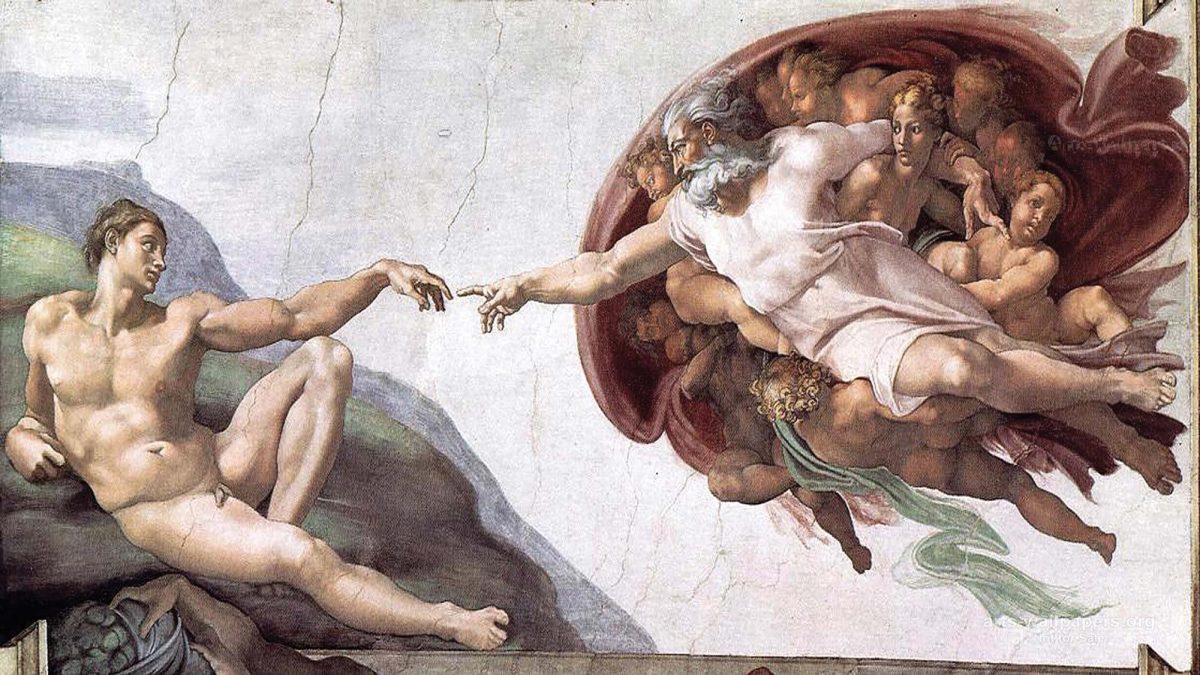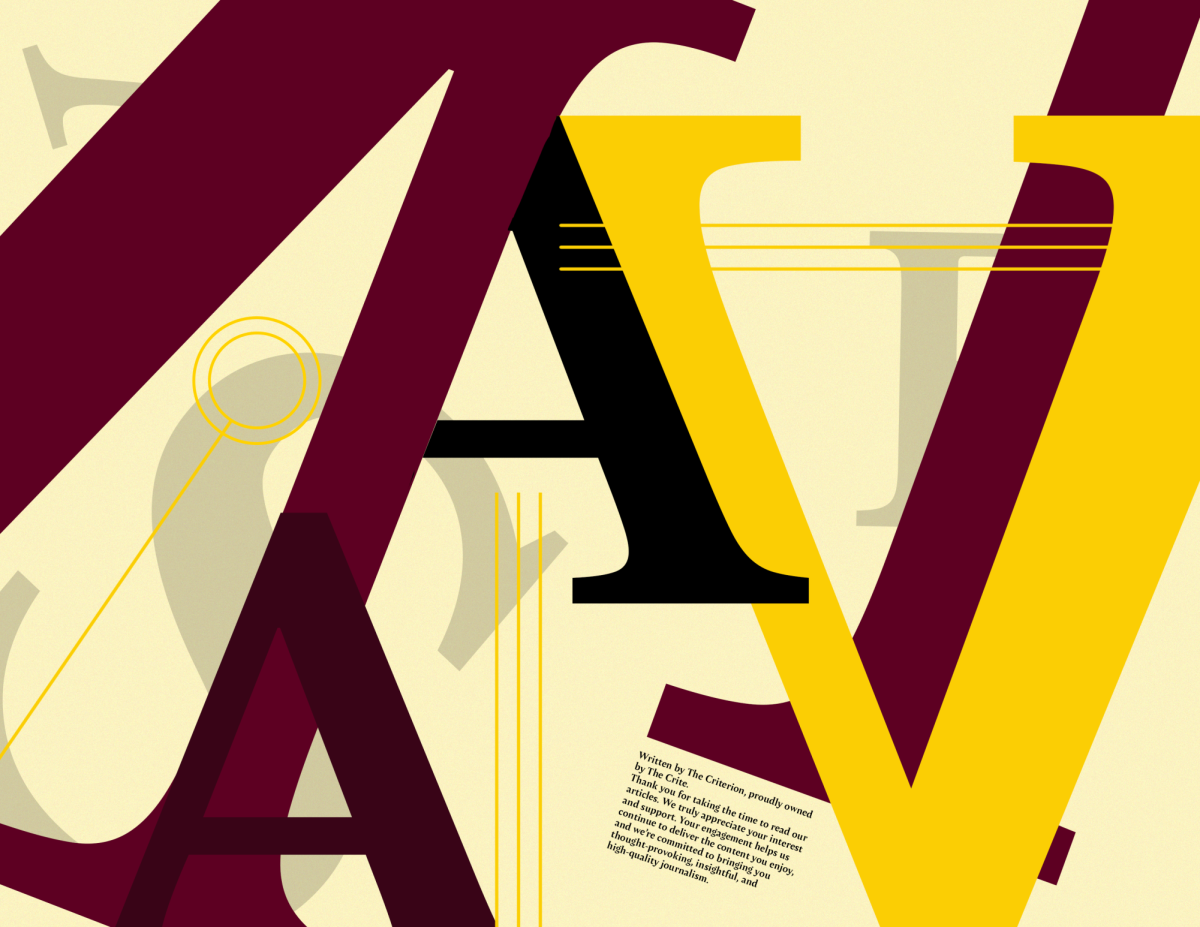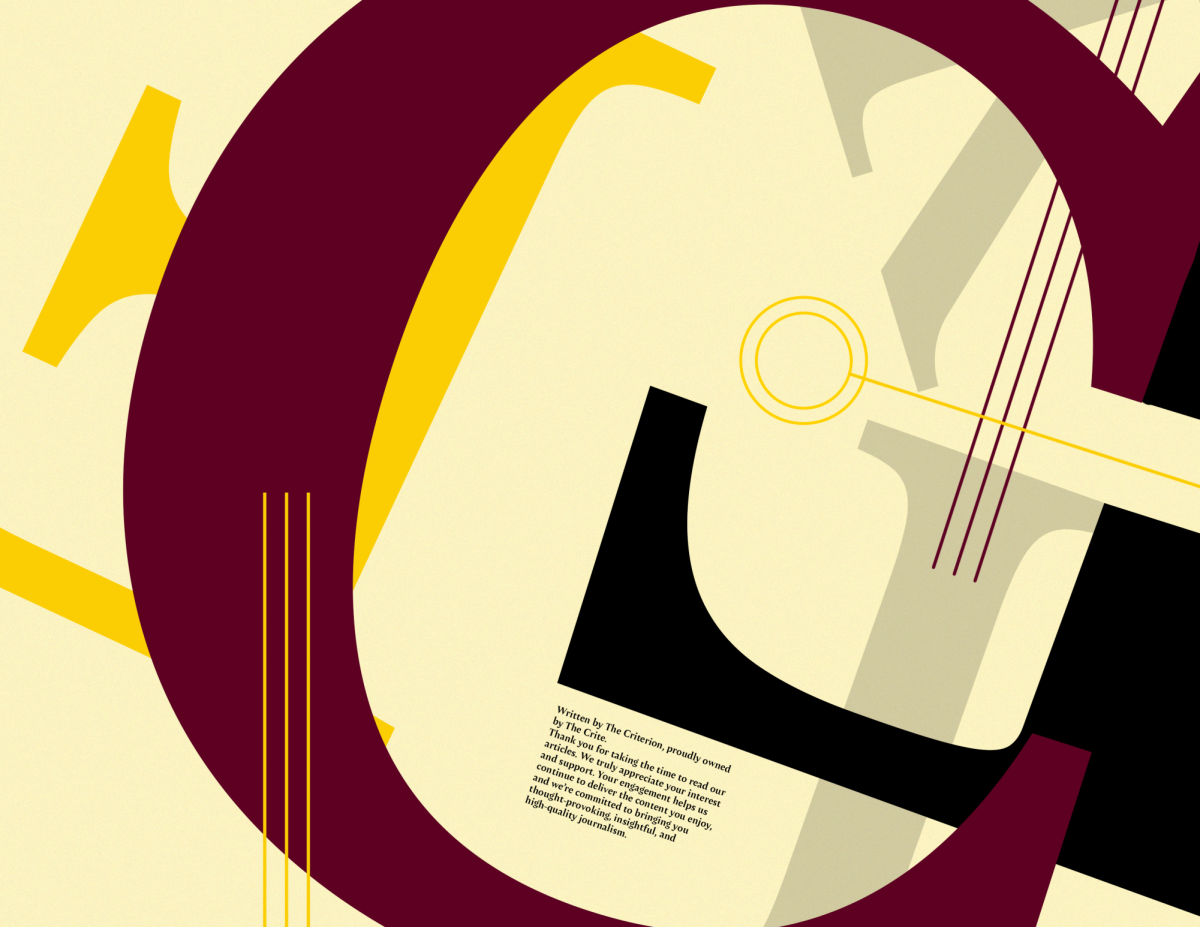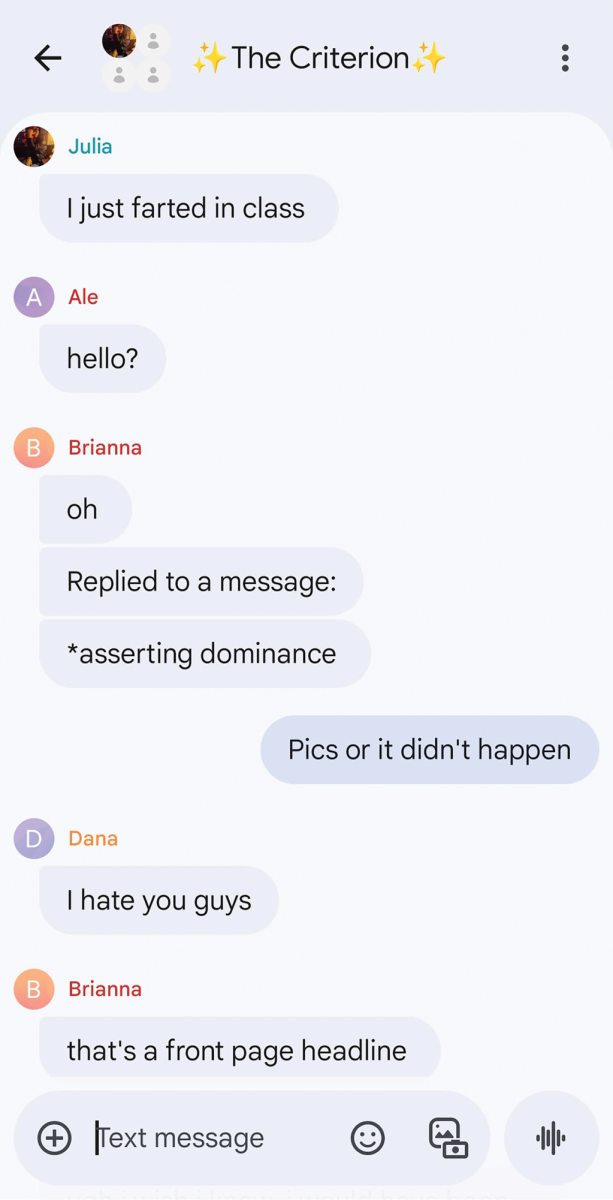When we talk about privilege, it is important to remember that not all forms of privilege are equal. White privilege is a unique form of privilege that is often taken for granted by those who have it.
There’s no denying that white privilege exists, and Colorado Mesa University (CMU) is no exception. From the administration to the student body, white people enjoy advantages that their non-white counterparts do not.
At CMU, white privilege is evident in many ways. For example, the vast majority of our faculty and staff are white. White students also make up the majority of our student body. This creates an environment in which white students are more likely to feel comfortable and have their needs met.
This is evident in the way that the university is run. White students are more likely to have their voices heard and their concerns taken seriously by the administration. They’re also more likely to be represented in campus media and student organizations.
White privilege also manifests itself in the curriculum. White history and culture are often privileged over other cultures. This can leave students of color feeling invisible and unimportant.
When it comes to college campuses in general, white privilege is alive and well. From the admissions process to the classroom experience, students of color often find themselves at a disadvantage.
The admissions process is one of the most glaring examples of white privilege on college campuses. Studies have shown that schools give preference to white applicants, even when they have lower grades and test scores than applicants of color. This means that, from the start, students of color are at a disadvantage.
All of these factors combine to create an environment in which white students thrive, and students of color struggle. White privilege on college campuses is real and it needs to be addressed.
This isn’t to say that CMU is a bad place for non-white students, but it is important to acknowledge the privileges that white students have. Only by recognizing and addressing these disparities can the university truly be inclusive for all students.









